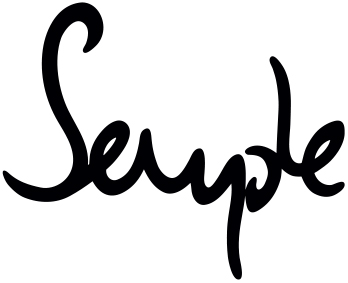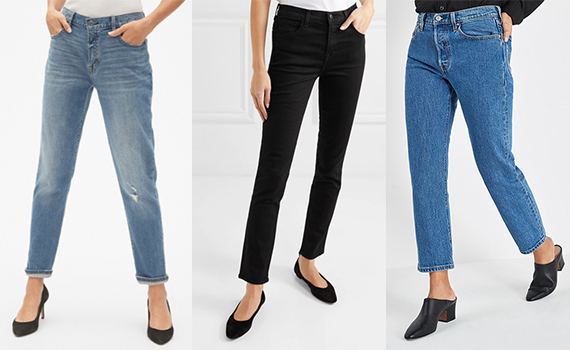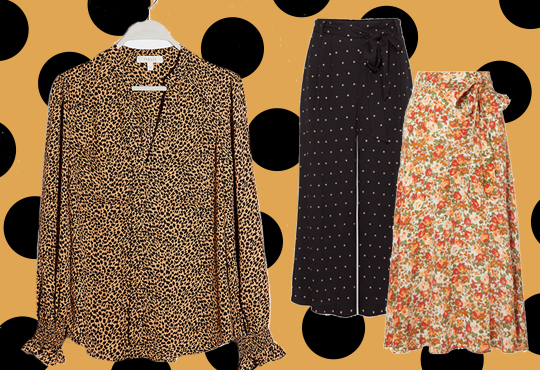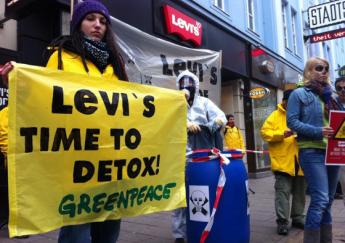
Fashion is, inspiring, exciting and ever revolving, though, is it environmentally friendly? I’ll confess, after falling victim to this world of fashion many years ago, the endorphin releasing activity of shopping has become second nature to me. However, I’ll admit, I have also picked up a few bad habits along the way. As I browse the rails looking for my next purchase, I note the quality of the garment, its colour, texture and design, yet I never once pause to think about how the production of it has affected the environment, until now.
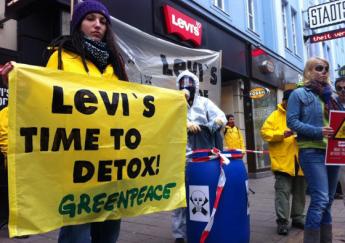 Unbeknown to many, in 2011 Greenpeace launched the Detox campaign to expose the direct links between global clothing brands, their suppliers and toxic water pollution. Their aim being, to phase out the use and release of all toxic chemicals from global supply chains and products of clothing brands by the 1st January 2020. After a hard hitting report was published by Greenpeace in November 2012, which disconcertingly showed that residues of hazardous chemicals had been found in clothing made by some of the most renowned and popular fashion brands including Zara and Calvin Klein, these brands have been put under increasing pressure to change their toxic ways.
Unbeknown to many, in 2011 Greenpeace launched the Detox campaign to expose the direct links between global clothing brands, their suppliers and toxic water pollution. Their aim being, to phase out the use and release of all toxic chemicals from global supply chains and products of clothing brands by the 1st January 2020. After a hard hitting report was published by Greenpeace in November 2012, which disconcertingly showed that residues of hazardous chemicals had been found in clothing made by some of the most renowned and popular fashion brands including Zara and Calvin Klein, these brands have been put under increasing pressure to change their toxic ways.
However, whilst we may point the blame at these brands for completely disregarding the environment and human health, a survey showed that people today are buying four times as many clothes as they did in the 1980s, which has caused designers to produce more to meet our demands. Therefore, although there may be light at the end of the tunnel, (in seven years time) there are many ways in which we can reduce our own fashion toxic footprint now. For starters, we can join some of the most acclaimed names in fashion and sign the online Greenpeace Detox fashion manifesto, which will help Greenpeace in their bid for a toxic-free future. We can also alter our shopping habits by making sure we purchase from vintage and charity shops as well as the designer and high street brands we have become accustomed to and we can make a conscious effort to buy from brands using recycled materials. Additionally, as the average person only wears 10% of the clothes they purchase, when you’re rummaging the sale rails this January, think twice before you buy and start your fashion detox to help change the face of fashion.
On December 13th, the efforts of Greenpeace, fashion icons and bloggers finally paid off as the world’s largest denim brand, Levi’s, committed to eliminate all releases of hazardous chemicals by 2020, along with 11 other global brands. Therefore, what started out as a tale showcasing the dark unseen side of the fashion world has a surprisingly hopeful ending. It has also reminded us of the fact that whilst the fashion lovers of this world admire the skill and creativity that goes into making a garment of clothing, there should be no hidden consequences.
Hattie lee
